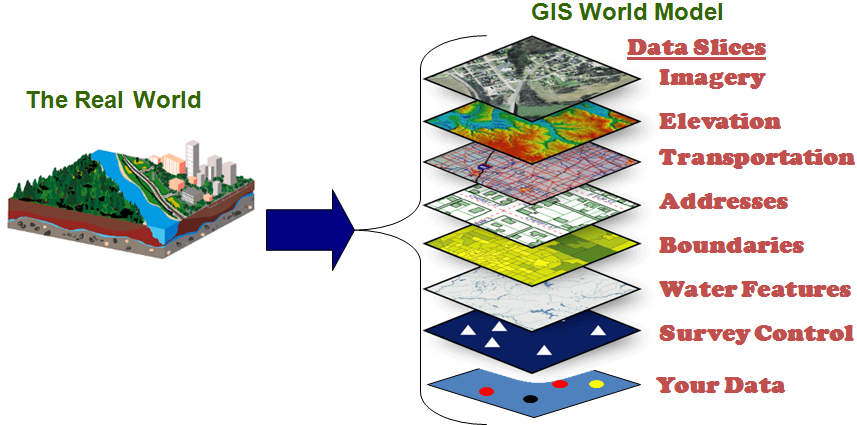Memo to “potential client” regarding environment impact assessment:
Dear Client,
The proposed project of “Garibaldi at Squamish”, a year-round destination mountain resort, is one that is guaranteed to have many impacts on the surrounding communities, both positive and negative. The Municipality of Whistler has already submitted a letter opposing the project in the summer of 2015, and the first application for approval was denied due to lacked information on the effects on habitat and wildlife. Due to this, it has been asked that an Environmental Impact Assessment be performed so as to make sure the decision of approving the park is easier to make for those involved.
I am a natural resource planner, employed by the British Columbia Snowmobile Federation (BCSF), who has been previously opposed to the project. By examining the EIA recommendations and the case against the project made by Whistler, I will evaluate wheter the BCSF has a case to continue opposing the project.
In the Environmental Impact Assessment (EIA) above, I have outlined the land use areas the proposed project would be impacting, as well as details of wildlife impacted in these areas. To simplify the process of a full EIA, I have only studied the effects of the project on:
- riparian habitats (effect on fish);
- The winter range and project effect on two species of Ungulates;
- Old growth management areas (OGMAs);
- Red-listed ecosystems for 6 plants species:
- Areas below 600 metres (elevation low enough that will not experience snowpack);
- And local roads and parks
By layering this data into ArcMap, it is a very straightforward way of viewing the various areas the project will impact, where they overlap, and how much of the project impacts none of these areas. Along with this, simple calculations were performed to analyze how much of the proposed project boundary infringes on how much of each land use category, available below:
Areas below 600m: 91.38%
OGMA: 67.8%
Ungulate winter habitat: 4.41%
Red-listed plant species: 24.8%
Riparian areas: 0.2%
Project area in protected areas: 91.4%
As you can see in the map and in the calculations, the vast majority of the proposed project boundary is within protected areas. Based on this information, the BCSF’s negative view of the project seems advisable. While acknowledging that the construction of the project would supply many people in the surrounding areas with jobs, the evidence for the considerable impacts on the environment and wildlife are obvious and should not be taken lightly.
Judging by this EIA, the two greatest environmental concerns to project development for Garibaldi at Squamish are:
- Protected areas (plus Old growth management areas) and the project’s impact on each area
- Impact on red-listed plant species
In terms of mitigating these concerns, this is one of those cases where there may be strategies to minimize the impact on these areas, but no solution will mean completely avoiding the negative impacts on these areas. Public awareness throughout the project area could aid in maintaining red listed species, however the construction of the park will impact these species in the end anyway.
Protected areas and old growth forests, as with the red-listed species, will obviously be heavily impacted and cleared out due to the construction of the park. While the old growth forests are less likely to be negatively impacted by guests at the park, carbon emissions following the destruction of a carbon sink (like an old growth forest) are massive. One way to mitigate this would be for the project to commit to making up this carbon footprint, whether in carbon payments or building incredibly sustainable buildings and park recreational machines.
Overall, I would deem this project unsustainable and the trade-off between the resort income and jobs created do not make up for the negative impact on the environment.
Map:
EIA
Response to class prompt: “When working on environmental projects, you sometimes become involved in proposals that you do not ethically believe in. Do you personally think the project should be allowed to continue? Does this differ from what you wrote in your memo?”
As I wrote in the memo, I personally do not believe the proposal we got to study in this lab should go ahead. Even before performing all the exercises with the maps, simply reading that the elevation of the area wouldn’t allow for the minimum snowpack was enough to disagree with project. This information combined with the knowledge we have of the future impacts of climate change and what it means for increasing temperatures should be enough that this proposal gets denied.
